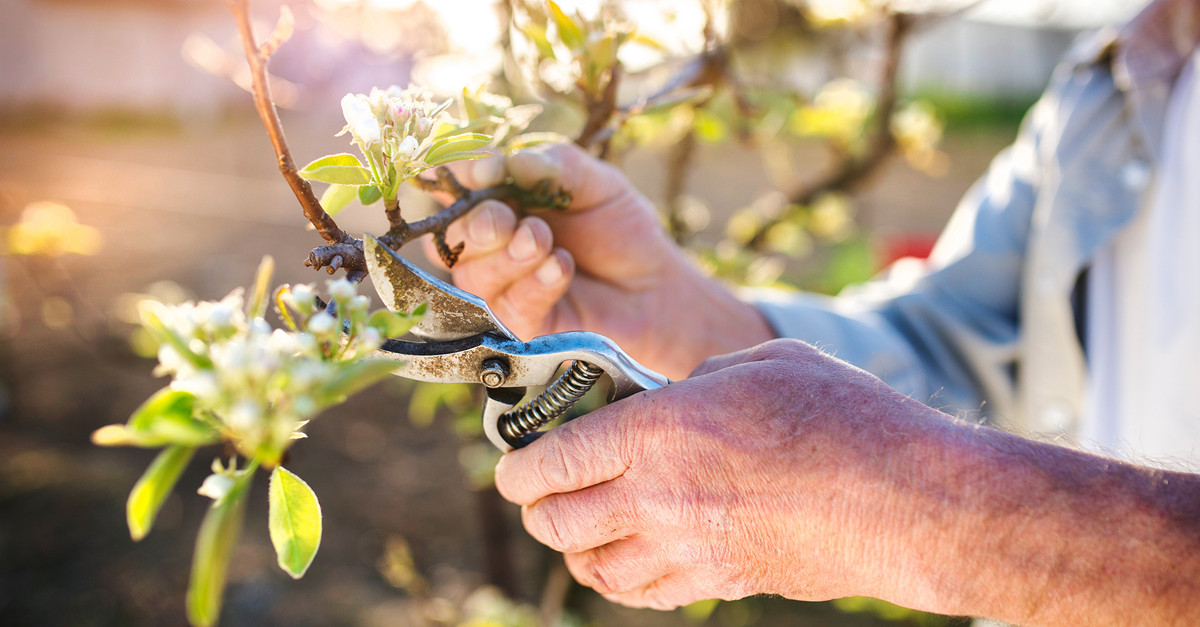Famous Trees in Popular Media
Trees have a longstanding history of playing symbolic roles in pop culture. From appearing in song lyrics and memorable movie scenes, to acting as central characters in novels, the presence of trees in entertainment is nearly as old as media itself. Brush up on your tree-via with a few of the most iconic trees found in popular media.
Groot from Guardians of the Galaxy
Marvel fans will recognize the lovable tree played by Vin Diesel in the Guardians of the Galaxy films. After sacrificing himself for others and being reduced to a sapling, Groot shows us that he’s a true friend, all the way down to his roots.
The Whomping Willow from Harry Potter
A landmark on the grounds of Hogwarts, the wizarding school Harry and his friends attend, the Whomping Willow is an enchanted tree that protects the property by violently thrashing its large branches. The wrath of the willow doesn’t discriminate, however, and even innocent parties have run-ins with the wooden beast throughout the series.
The Weirwood from Game of Thrones
Known for their blood-red leaves, weirwoods are a deciduous variety found within Westeros, one of the four known continents in George R. R. Martin’s fantasy series, A Song of Ice and Fire. Fans of the TV adaptation, Game of Thrones, will recognize the weirwood in King’s Landing as a site where several pivotal scenes take place.
Grandmother Willow from Pocahontas
A traditional guardian figure, Grandmother Willow is a sentient willow tree who delivers wisdom to Pocahontas in the 1995 Disney film. Wise and at times witty, she serves as an adviser to the Powhatan woman as she navigates the arrival of English colonial settlers.
Tree of Life from The Lion King
Hailing from another Disney classic, the Tree of Life plays a central role in The Lion King. It’s the home of Rafiki, the film’s baboon shaman, and is the site of his central discovery that the hero Simba is still alive after leaving the Pridelands. Today, the Disney theme park Animal Kingdom is home to its own Tree of Life, a 145-foot sculpture of a baobab tree which was constructed with more than 8,000 different branches and 102,000 artificial leaves.
The Giving Tree, by Shel Silverstein
Good luck getting through this children’s classic dry-eyed. The Giving Tree represents the sacrifices parents make for their children. As a young child grows into a man, he uses the tree’s resources until the charitable apple tree is reduced to a stump, perfect for the elderly man to sit upon in peace.
Sycamore Trees in “Dream a Little Dream of Me”
First recorded in 1931 by Ozzie Nelson, “Dream a Little Dream of Me” has been performed by at least 40 other artists, including Eddie Vedder, The Mamas & The Papas, Doris Day, Louis Armstrong, and Ella Fitzgerald. The lyrics are dreamy indeed, encouraging a lover to think fondly of tender moments shared, with “birds singin’ in the sycamore trees,” while they’re apart.
The Old Oak Tree in “Tie a Yellow Ribbon”
“Tie a Yellow Ribbon Round the Old Oak Tree” was first recorded by Tony Orlando and Dawn. It’s told through the perspective of a soldier returning home from the military, and is based on the idea of a yellow ribbon being used as a symbol of devotion worn by women whose partners were serving in the war.
The trees in your own yard may not be famous, but they can provide years of enjoyment when properly maintained. Allow Premier Tree Solutions to help care for your trees with services like trimming and pruning. Contact us online or call 404-252-6448 to get in touch.







